How to replace a D3 front hub bearing - pictures
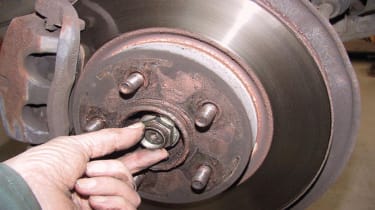
Usual stuff – jack up securely and remove the road wheel. Steve slackens this 32mm stake nut while I apply the footbrake to hold the axle firm.
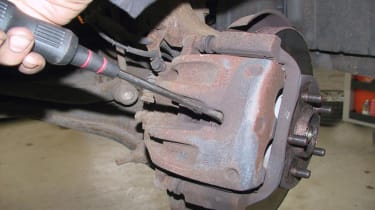
We check there is space in the brake fluid reservoir for fluid to come back in, then lever the pads back to give clearance from the disc.
- Skip advertAdvertisement - Gallery continues below
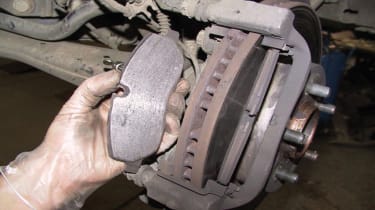
Release the caliper’s two bolts (21mm 12-point socket) and secure it above without straining the hose. Renew brake pads if worn.

Remove the single screw holding the brake disc to the hub flange and lift the disc off. It may need a tap from behind with a mallet.
- Skip advertAdvertisement - Gallery continues below
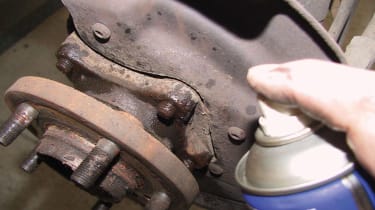
Wire brush the thread ends of the four bolts that hold the hub to the knuckle. Apply easing oil on the threads and leave to soak.

To confirm the hub will slide off over the halfshaft, this puller, held by the wheel nuts and studs, should push the halfshaft in slightly.
- Skip advertAdvertisement - Gallery continues below

But the shaft is tight, so a larger puller is tried, then a 10-tonne puller, but the halfshaft still won’t move in the hub.
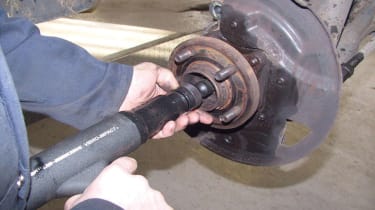
Finally, an air-powered vibrating impact hammer manages to move the halfshaft slightly into the hub, confirming the two parts will separate.
- Skip advertAdvertisement - Gallery continues below
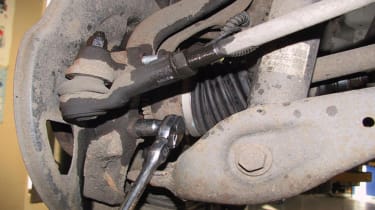
The four (15mm AF) rear bolts holding the hub to the knuckle, are turned a little at a time (back and forth) to crack the rust.
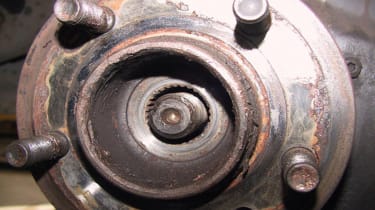
With the hub bolts all removed, the halfshaft is pushed inward, ready to pull the hub off, but the hub is rusted to the knuckle.
- Skip advertAdvertisement - Gallery continues below

Pullers and levers gave way to the hammer and, eventually, to some rather heavyweight blunt instruments.
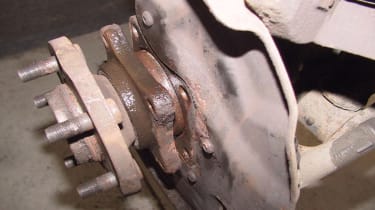
Millimetre by millimetre, rotating the hub to keep the movement equal all round, the hub reluctantly edges out of the knuckle.
- Skip advertAdvertisement - Gallery continues below

Finally, the old hub comes away, exposing the dry splines on the halfshaft, and the rust that was jamming the hub inside the knuckle recess.
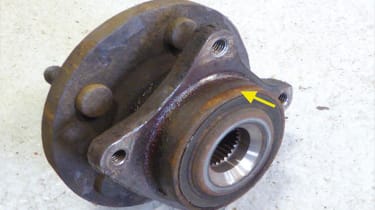
<span>Looking at the inboard side of the hub, the rust that held it firmly to the knuckle is seen around the bearing housing (arrowed).</span>
- Skip advertAdvertisement - Gallery continues below
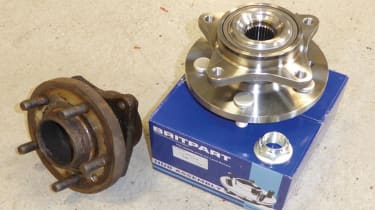
<span>FITTING THE NEW HUB: The new hub is a tad smarter than the old and looks a nice piece of engineering. New stake nut for the axle shaft is also needed.</span>

<span>Before fitting the new hub, the knuckle recess is scraped clean to remove the surface rust. Otherwise, the new hub simply won’t go in.</span>
- Skip advertAdvertisement - Gallery continues below
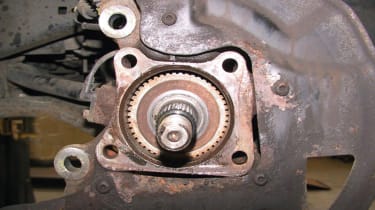
<span>The knuckle’s flange with the four bolt holes is cleaned, too. Note the toothed ring is the ABS reluctor ring for the ABS sensor.</span>
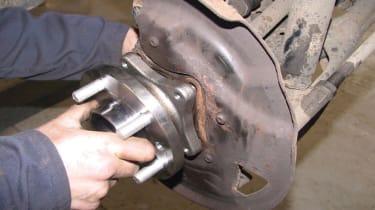
<span>Before positioning the new hub onto the knuckle, a light smear of grease is applied around the knuckle recess and flange face.</span>
- Skip advertAdvertisement - Gallery continues below

<span>The four bolts are fed through the back of the knuckle and screwed through the hub flange. After tightening, the exposed threads are greased.</span>
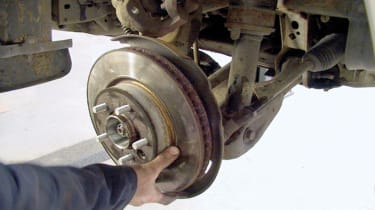
<span>The brake disc and caliper are now fitted to the new hub, and corrosion inhibiting grease applied lightly to the protruding wheel spigot.</span>
- Skip advertAdvertisement - Gallery continues below
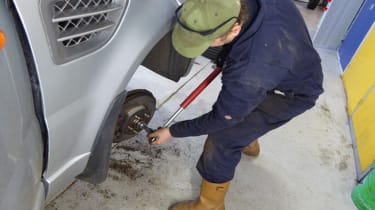
<span>Steve fits and tightens the stake nut on the axle shaft while I hold the brake pedal to prevent the axle rotating.</span>
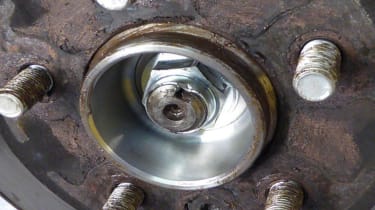
<span>Finally, the stake nut’s flange is peened into the axle shaft groove to lock it, before refitting the road wheel.</span>
- Skip advertAdvertisement - Gallery continues below

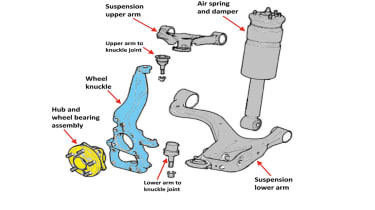
- Skip advertAdvertisement - Gallery continues below
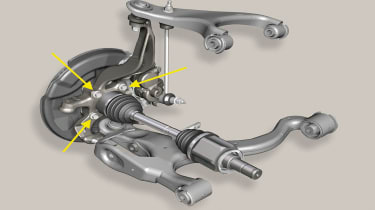
Most Popular

Who needs hybrids? Diesel Skoda breaks world record with 1,759 miles on one tank
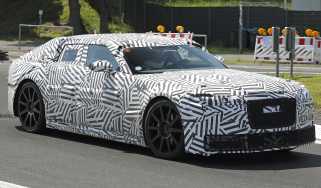
New Jaguar GT shows off more of its controversial and crucial design

Car Deal of the Day: Jaecoo E5 EV brings premium SUV attitude for a compact £243 a month